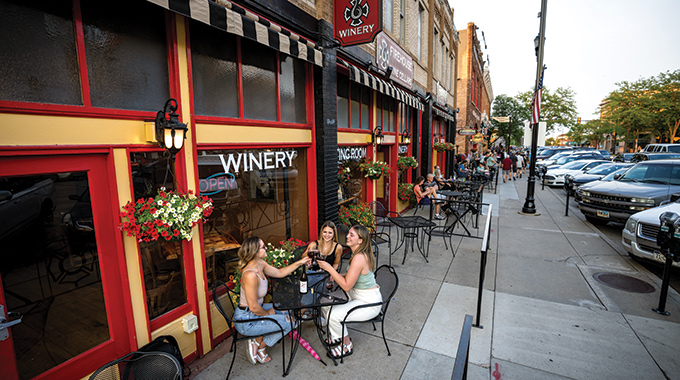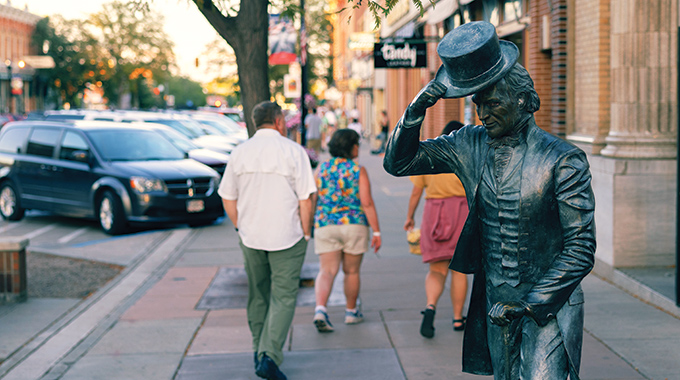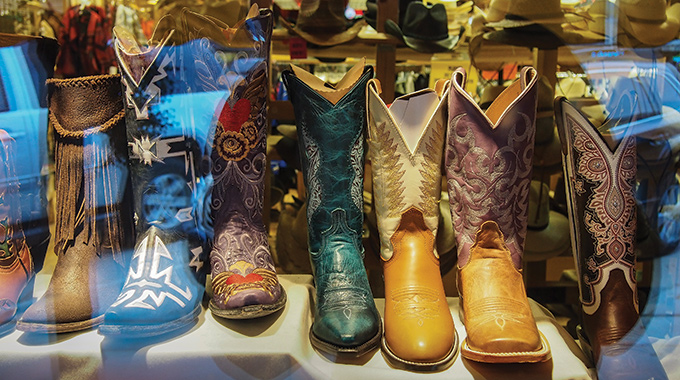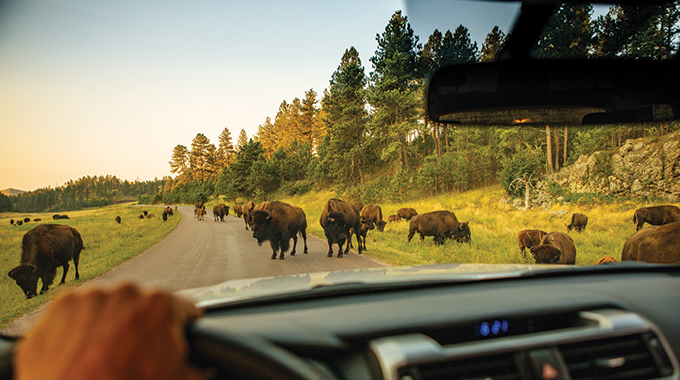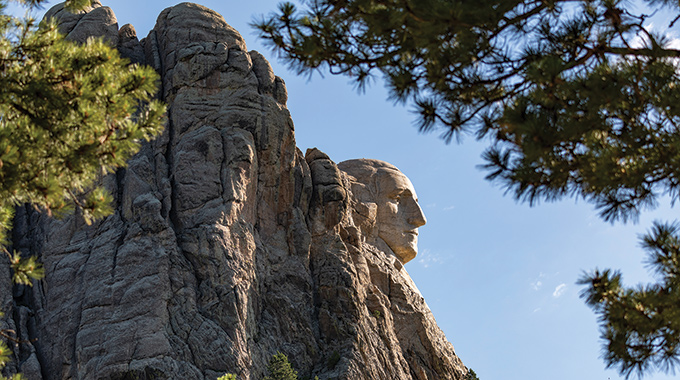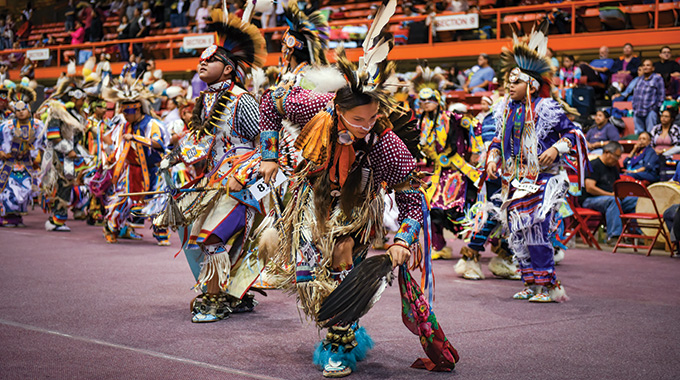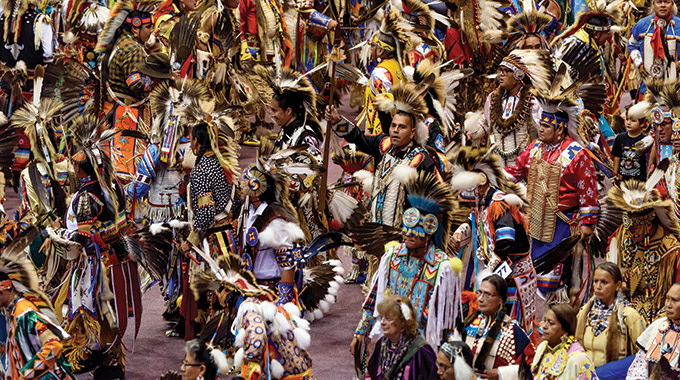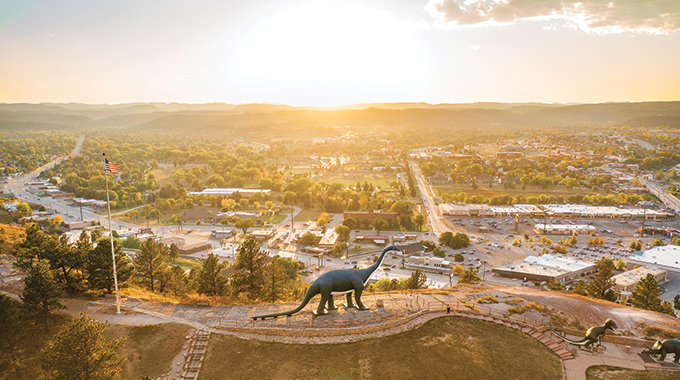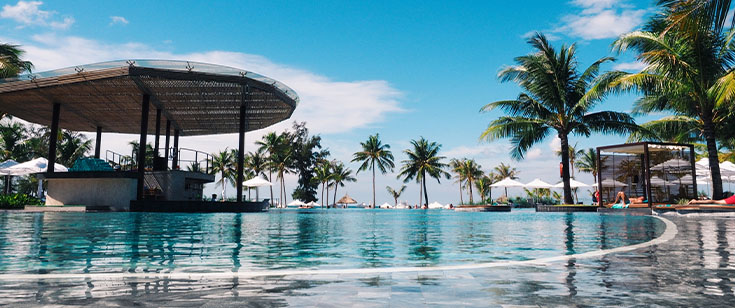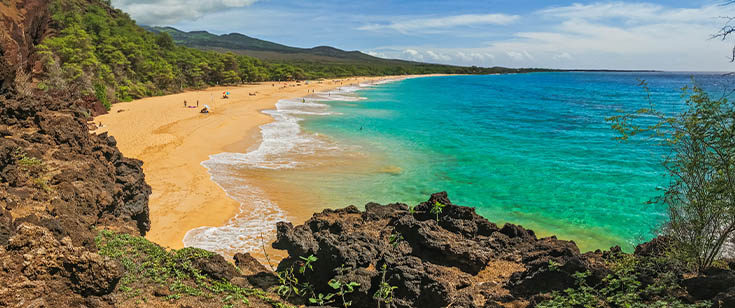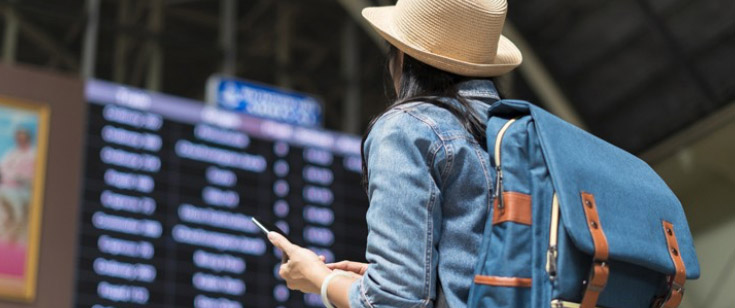Taking the road less traveled often leads to wonderful rewards. When my guide in Badlands National Park turned off a 2-lane paved road onto a single-lane gravel road—one that caused our tiny van to rumble, veer, and skid—I held on to my seat in eager anticipation.
We were headed up Sheep Mountain Table, a backcountry setting in the park’s highest area. We passed only a few other vehicles on that bumpy journey, which foreshadowed a special (and uncrowded) spot.
The moment I set foot on the mountain, it was easy to understand—and feel—why the Badlands remain sacred to the Lakota, the Indigenous people who’ve called the region home for centuries. I sat quietly, embracing a beautiful silence punctuated only by the wind. I gazed out on an expansive valley of rocky formations and rolling prairie grass that seemed to stretch on for eternity in a soft palette of creams, pinks, purples, and greens.
The landscape inspired a stillness within me—along with some embarrassment.
Admittedly, I had up until that moment regarded South Dakota as flyover country, nothing more than the home of Mount Rushmore set amid flatland farms. Being a seasoned traveler who calls the Midwest home, I should have known better.
Fortunately, an invitation to attend my first Native American powwow in Rapid City was the catalyst for opening my eyes to the region’s wonders. I found Rapid City and its surrounding area to be a sink-into destination, rather than one to drive through—or fly over.


